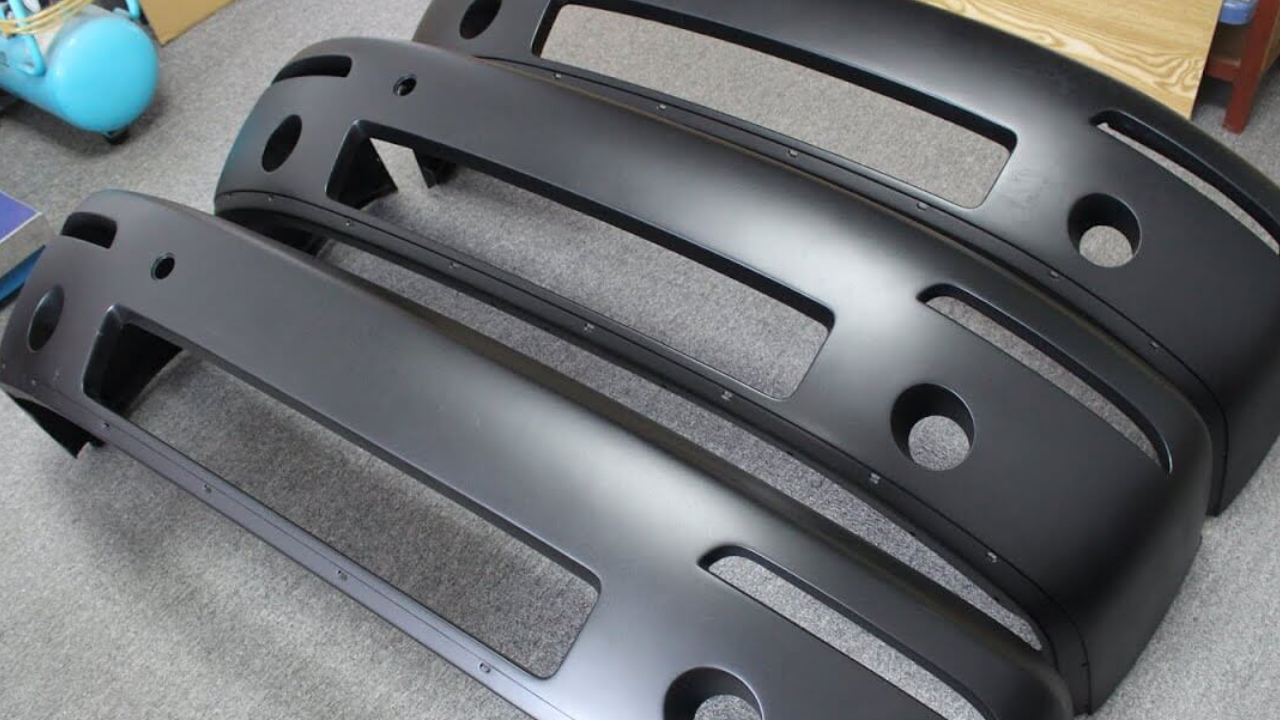Sloane is an accomplished rock climber, backpacker, cyclist, and skier. He has climbed rocks all over the world, including in Yosemite National Park and on Mount Kilimanjaro. He enjoys backpacking and cycling through beautiful landscapes, and skiing down challenging slopes.

Injection Reaction Many different types of plastic items are molded using the low-pressure, low-temperature process known as molding. It is common practice to use reaction injection molding (RIM) to create sturdy, lightweight parts that may be painted. Design Octaves uses stiff materials that have a flammability certification of UL94V-0.
Design Octaves uses a two-component system of polyol and isocyanate liquids that are combined at high pressure and then metered into the closed tool at low pressure to create the RIM molding material. After expanding to fill the tool, the substance is discharged after about 5 minutes.
Reaction injection molding makes use of liquid polymers with low viscosity. RIM, in contrast to conventional injection molding, always employs lightweight, economical thermoset polymers. At 3ERP RIM, they use high-quality polyurethanes. You can learn more about reaction injection molding and injection molding in this article.
Do RIM And Injection Molding Use The Same Machine?
No, despite obvious similarities in an overview of the approaches, these two processes do not share any equipment or processes. RIM machines are extremely specialized pieces of machinery created exclusively for the RIM process and are not appropriate for any other use. They resemble epoxy resin mix/metering systems for potting applications more closely than typical injection molding machines, which are somewhat dissimilar to them.
Reaction Injection Molding VS Injection Molding
The process of making pieces out of thermoset foam is known as RIM molding. Similar to epoxy glue, a thermoset is a molding resin that undergoes a chemical reaction. The process of injection molding involves melting down a thermoplastic resin using a barrel and screw method before putting the material into a mold under pressure to essentially produce a shape. The differences and similarities between them are listed below.
Difference between RIM and Injection Molding
Although RIM and injection molding are two seemingly comparable production techniques used to create plastic parts, they differ in a number of crucial ways. Reactive liquid polymers, such as silicone, epoxy, or polyurethane, which chemically react in the cavity and solidify to form the final part, are frequently used in RIM.
Contrarily, thermoplastic polymers used in injection molding melt when heated and solidify after cooling. RIM also operates at low pressure and temperature, typically between 60 and 120 °C and below 10 MPa. High pressures and temperatures, up to several hundred MPa and as high as 400 °C, are necessary for injection molding.
Since the molds for injection molding normally need to be sturdier to withstand significantly greater pressures and temperatures, they are usually much more expensive (10–20 times more expensive). Due to its quicker cycle times and capacity for mass manufacturing of identical parts, injection molding is perfect for high-volume production. RIM is more effective for smaller production runs and is better suited for prototype or lower-volume production.
Similarity between RIM and Injection Molding
These two approaches resemble one another quite a bit. Each is very reproducible, allowing you to always achieve identical consistency within the given tolerances. Due to this, mass manufacturing is viable with a few versions. Due to their simplicity in mass manufacturing, both strategies result in components that may be used in a range of sectors. Each technique can offer you a preferred bodily aesthetic.
Benefits of RIM and Injection Molding
Injection Molding
It is frequently necessary to produce in large volumes to cover extremely expensive tooling expenses. Providing a more automated process to maintain higher outputs results in lower labor costs. Thermoplastics are available as sheets or pellets, and they may be melted and used again.
Reaction Injection Molding
Mold materials other than steel that are less expensive can be utilized, depending on the volume and design requirements. It is possible to establish an affordable setup for both small and large production runs or for quick prototypes. Even though they are lighter, thermosets have more durable physical characteristics.
Sum Up
The benefits of injection molding and response injection molding differ depending on your layout necessities. Decide on the substances desired, the production expenses, and the most suitable technique. That can shape your design desires at some point in time while evaluating numerous production techniques. Both of these have their own characteristics and uses.
